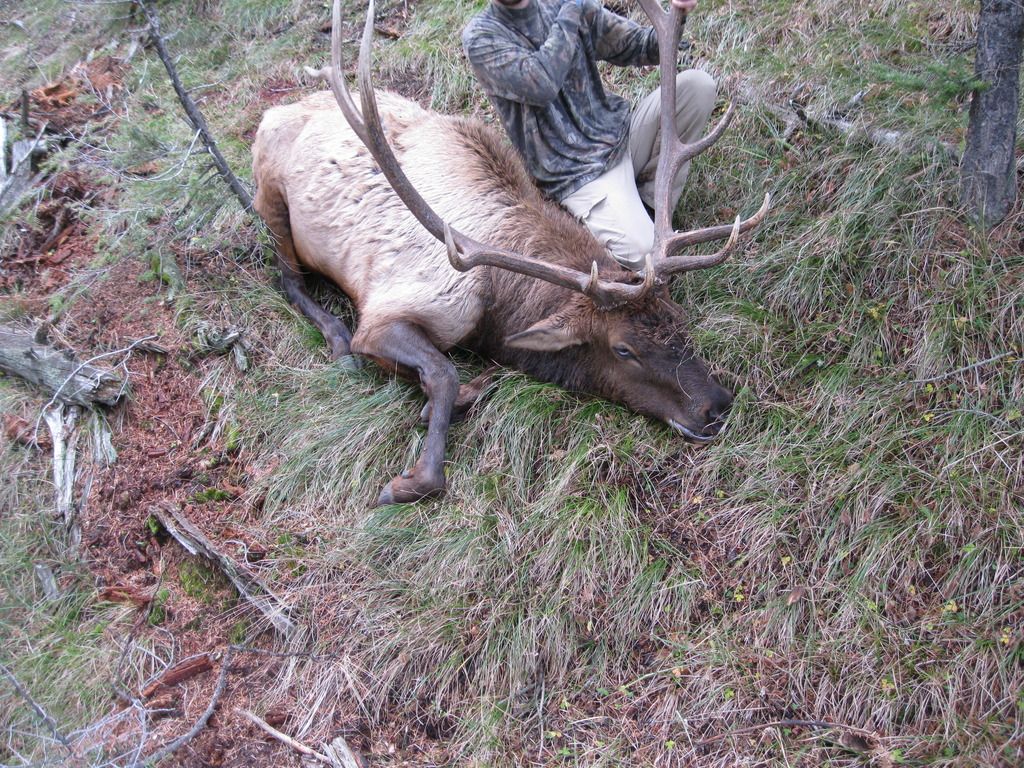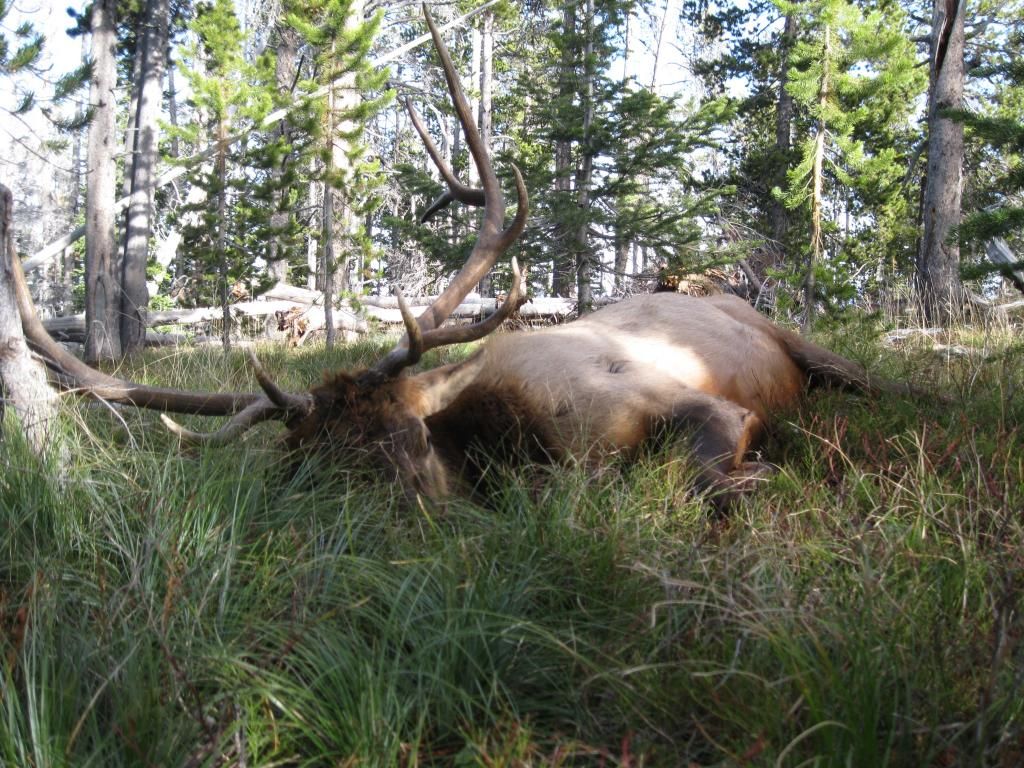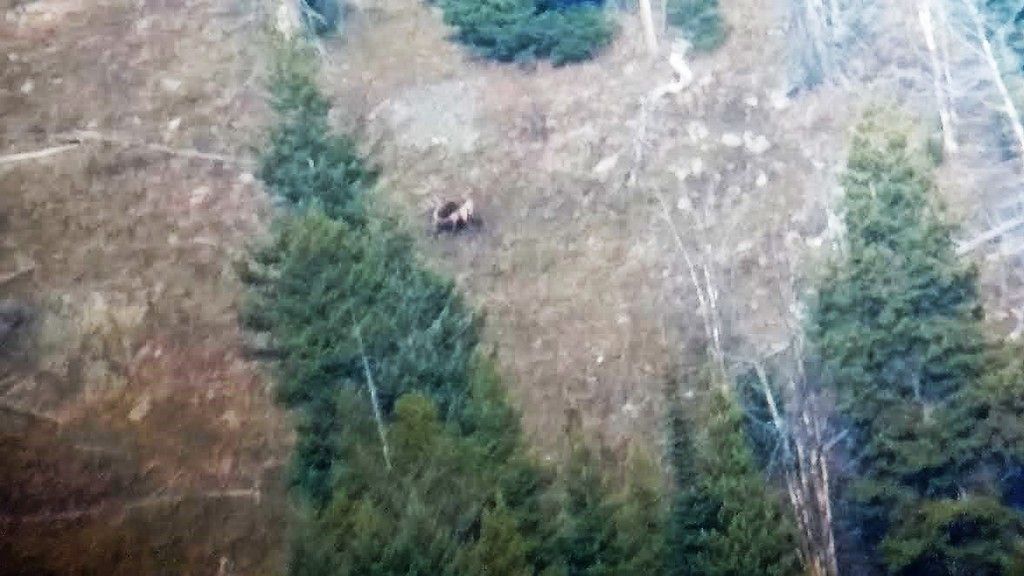Looking for advice for finding mature bulls in Early November. I have a good spotter, lightweight tent and good boots to use. I have more places marked on the map than I do days to hunt.
The area I am hunting will be anywhere from 3000' river/sage country to 9000'+ rocky peaks with several burns at all elevations. I will be in Idaho but features and terrain are my main focus. Types of places to hone in on.
Do I look for old burns with lots of feed, open meadows in dark timber, creek bottoms or slides, high basins in the snow? I typically archery hunt so late season will be a new experience. I have killed a lot of cows in November and bulls always seem to be on deadfall thick knobs all alone, but the country I hunt in in Oregon is very high pressure and dense timber forests with little elevation gain. Bulls here are on higher knobs, or on steep creek drainages or open ridges with small timber pockets.
Thanks and looking forward to any advice.
The area I am hunting will be anywhere from 3000' river/sage country to 9000'+ rocky peaks with several burns at all elevations. I will be in Idaho but features and terrain are my main focus. Types of places to hone in on.
Do I look for old burns with lots of feed, open meadows in dark timber, creek bottoms or slides, high basins in the snow? I typically archery hunt so late season will be a new experience. I have killed a lot of cows in November and bulls always seem to be on deadfall thick knobs all alone, but the country I hunt in in Oregon is very high pressure and dense timber forests with little elevation gain. Bulls here are on higher knobs, or on steep creek drainages or open ridges with small timber pockets.
Thanks and looking forward to any advice.





